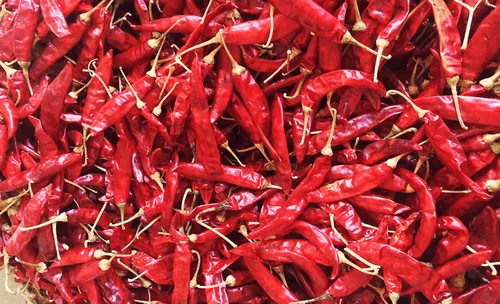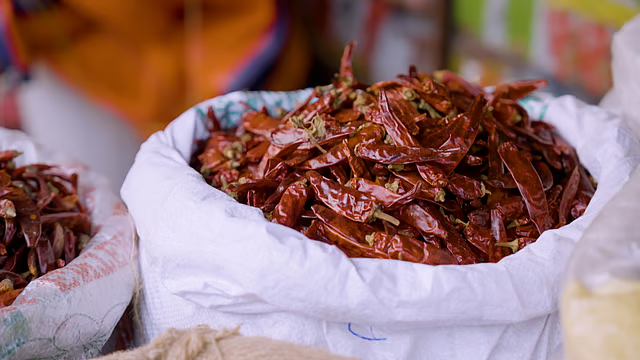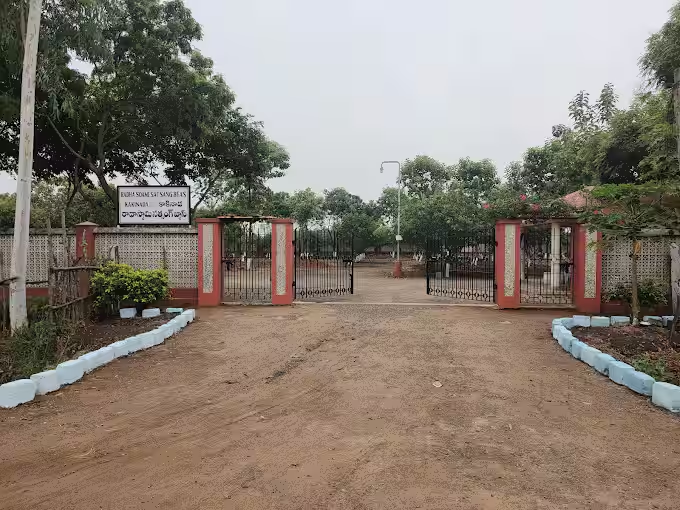Meta Description: Discover the rich history and vibrant legacy of Guntur’s spice market. Explore how it became a global hub for red chillies and spices, blending tradition, trade, and local life.
Table of Contents
- Introduction
- Origins of the Guntur Spice Market
- The Rise of Red Chilli Fame
- Traditional Trading Practices
- The Market’s Cultural Influence
- Present-Day Experience for Visitors
- Conclusion
Guntur’s Spice Market: A Historical Overview
Introduction
Nestled in the heart of Andhra Pradesh, Guntur has long been celebrated as the spice capital of India. For centuries, the Guntur spice market has been a vibrant centre of commerce, drawing traders, farmers, and connoisseurs from across the country and beyond. Its legacy is deeply rooted in the land’s agricultural prosperity, particularly its world-renowned red chillies. A walk through this market is a journey through history, agriculture, and the enduring spice of life.
Origins of the Guntur Spice Market
The story of Guntur’s spice market dates back to the colonial era, when the region’s fertile black cotton soil proved ideal for growing chillies, turmeric, and other spices. As trade routes expanded under British rule, Guntur emerged as a significant node in the spice trade network. Local farmers began cultivating chilli as a primary cash crop, and the market soon took shape around this agricultural boom.
The market initially began as a collection of small traders selling spices on carts and wooden stalls. Over time, it formalised into an organized mandi (wholesale market), where bulk trading took place, and spice merchants established their permanent shops and godowns (warehouses).

https://images.app.goo.gl/avN4uEGunz5YVzfTA
The Rise of Red Chilli Fame
No discussion of Guntur’s spice market is complete without mention of the fiery red chilli that put it on the global map. Guntur chillies are known for their intense heat and vibrant colour, characteristics that make them highly sought after in both domestic and international markets. The region is especially known for varieties like 334, Teja, and Byadgi.
By the mid-20th century, Guntur was exporting chillies to countries such as Bangladesh, Sri Lanka, Malaysia, and even the United States and Europe. The Guntur Mirchi Yard, one of Asia’s largest chilli markets, was established to cater to the growing volume and demands of global trade. Auctions, grading, and packaging became standardised practices, helping the market gain credibility and recognition.
Traditional Trading Practices
Despite modern developments, many age-old trading practices continue to thrive in Guntur’s spice market. The auction system remains popular, where licensed commission agents mediate between farmers and buyers. Every morning, heaps of sun-dried chillies are laid out, inspected for quality, and then bid upon with animated gestures and swift negotiations.
One notable aspect of this market is the deep trust built over generations. Many trade relationships are long-standing, passed down from fathers to sons. Verbal agreements and handshakes still hold value here, a testament to the market’s traditional ethos.
The Market’s Cultural Influence
Guntur’s spice market is more than a commercial hub—it’s a cultural landmark. The aroma of ground spices fills the air, mingling with the chatter of buyers and the rhythmic clatter of scales. Festivals like Sankranti and Ugadi see a surge in sales, with colourful spice garlands and packets adorning stalls.
The market has also found its way into local folklore, music, and cuisine. Many Guntur households take pride in using home-ground chilli powder sourced from the same market, adding an authentic punch to their culinary traditions.

https://images.app.goo.gl/GCq29HdCGEBy2RmR7
Present-Day Experience for Visitors
For travelers, the Guntur spice market offers an immersive experience. Located close to the railway station, the market is easily accessible and best visited in the early hours. Visitors can observe the auctions, witness the grading process, and even sample different spice blends.
Numerous spice shops also cater to tourists, offering packaged masalas, pickles, and chilli powders to take home. Photography enthusiasts find the vibrant hues and lively atmosphere a visual treat. Local guides often recount tales of the market’s evolution, adding depth to the visitor’s understanding.
Many food tours now include the spice market as a stop, allowing visitors to connect with the flavours of Andhra at the source.
Conclusion
The Guntur spice market stands as a living testament to the city’s agrarian roots and trading prowess. It reflects the hard work of generations of farmers and merchants who turned a humble chilli into a global commodity. For those visiting Andhra Pradesh, a trip to this bustling market is not just a sensory delight but also a journey into the very soul of Guntur’s cultural and economic history.









